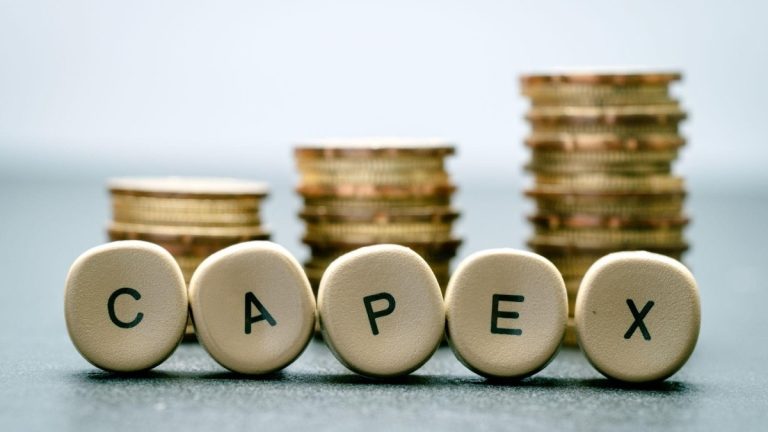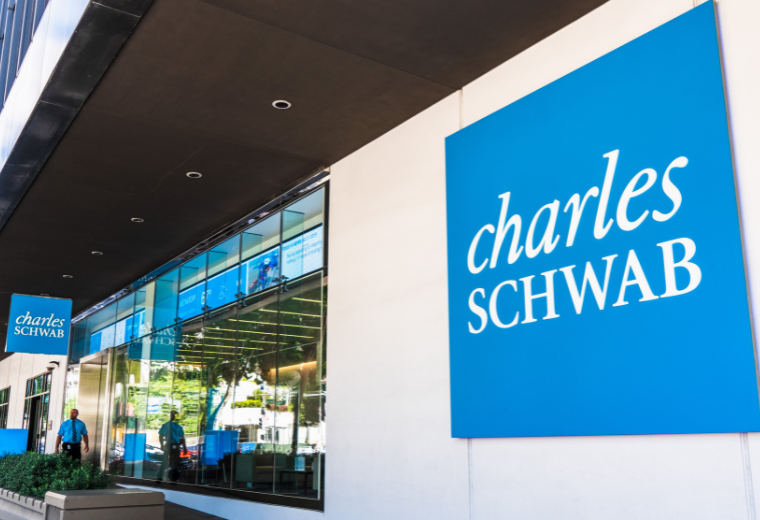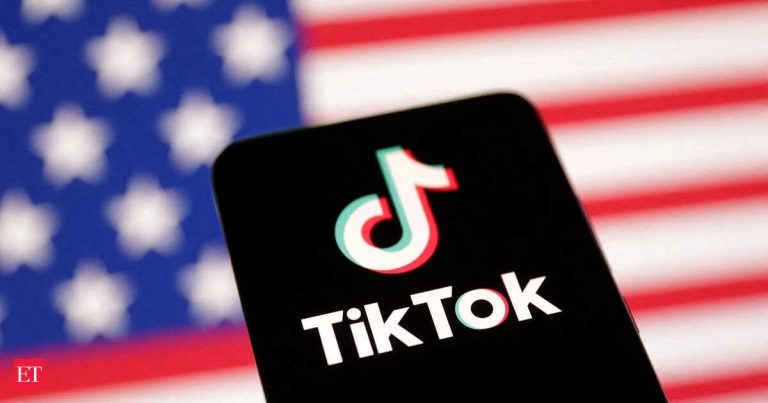
India’s center class is dealing with an financial squeeze, with incomes largely stagnant over the previous decade, whilst consumption surges. In accordance with Saurabh Mukerjea, Founder and Chief Funding Officer of Marcellus, the phase incomes between ₹5 lakh and ₹1 crore per yr has seen no actual revenue progress in 10 years, whilst inflation has eroded buying energy by practically 50%.
Each lower-income and ultra-rich teams have witnessed an increase in earnings, additional deepening revenue inequality. With synthetic intelligence (AI) and automation threatening jobs and an explosion in shopper credit score fueling spending, considerations over sustainability and monetary stability are rising.
Regardless of flat incomes, spending at airports, buying malls, and on-line platforms has skyrocketed within the final 5 years. The explanation? A surge in loans and credit score enlargement.
“Consumption has elevated massively, however the place did the cash come from? Loans,” Mukerjea mentioned in a podcast with Raj Shamani, explaining how Indians have borrowed closely to take care of their existence.
Nonetheless, with AI and automation lowering job safety, the looming query stays: who will repay these loans?
Mukerjea warns that the rising use of AI throughout industries will inevitably result in job losses, regardless that corporations keep away from explicitly stating it.
“Each CEO I communicate to talks about how a lot AI they may use. They don’t say how many individuals they may let go, nevertheless it’s apparent that if AI replaces people, jobs might be misplaced,” he famous.
This shift is elevating considerations about the way forward for employment in India, as companies make investments closely in automation to chop prices and enhance effectivity.
Politicians, Mukerjea factors out, are more and more specializing in the lower-income phase as a result of that’s the place the biggest vote financial institution lies. The usage of Direct Profit Transfers (DBT) by means of Jan Dhan-Aadhaar-Cellular (JAM) infrastructure has enabled focused monetary help, making it simpler for governments to safe electoral help.
“Huge vote financial institution politics is at play. Direct money transfers at the moment are extremely focused, making it straightforward for governments to concentrate on lower-income teams relatively than the center class,” he defined.
Whereas the center class struggles, the ultra-rich phase—these incomes over ₹1 crore yearly—has grown sevenfold within the final decade, in response to revenue tax knowledge.
“These are the brand new kings and queens of India. They run the nation, finance political techniques, and drive luxurious markets,” Mukerjea remarked.
Gross sales of luxurious properties, high-end automobiles, and premium merchandise have surged, whereas inexpensive housing and mass-market items wrestle.
India’s shopper economic system is deepening, not widening—which means the rich are getting richer, whereas the center class faces stagnation. This shift is reshaping market dynamics, with manufacturers specializing in premiumization relatively than catering to mass shoppers.
With family financial savings at a 50-year low, rising debt, and job uncertainties looming, the following decade could also be more and more polarized between the booming wealthy and the squeezed center class.





